8 Congolese dishes not to be missed – Congolese cooking
Afroculture.net takes you on a journey to the heart of Congolese gastronomy. Unknown, the culinary specialties of both Congo are rich in flavor, spicy copious and warm. Dishes and recipes vary from region to region. They are often accompanied by rice, cassava, yam, tarot or plantain and a variety of vegetables (depending on the region) including the famous pondu (cassava leaves), ndunda, mfumbwa, matembele or ngaï-ngaï (sorrel). Tomatoes, peanuts or palm nuts, various spices and chili are added.
Moreover, Congolese food is mainly made up of starches and vegetables, which are boiled, fried, crushed, crushed into patties or donuts. It is often eaten without meat or fish due to the lack of means of some households. Condiments and spices such as chili (pili pili), ginger, garlic, salt, cube bouillon, nutmeg are regularly used in dishes to enhance the taste. Crude or cooked, whole or crushed, powdered, alone or mixed, they faithfully accompany all dishes of Congolese cuisine.
- 1/ Le Saka- saka or pondu.
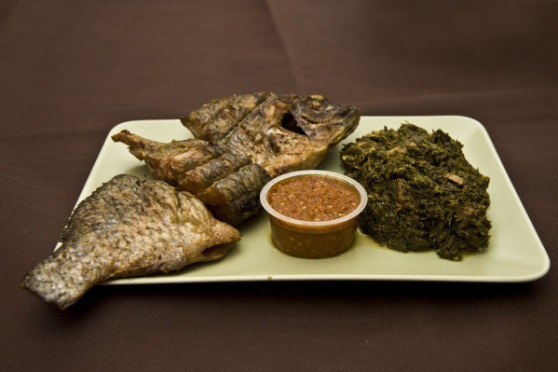
Saka-saka is a national and popular dish throughout Congo. It is an unctuous dish consisting of cassava leaves, smoked fish, palm oil and peanut butter. Indeed, it is fresh cassava leaves that will boil, pound, simmer and decorate various condiments, spices or vegetables. It is also accompanied with plantains, fufu or Kwanga. It can also be eaten with meat or smoked fish.
There are several ways to make the ladder, according to the cook who prepares it. Its preparation is a true matter of “family” know-how, because its always exceptional taste depends on the “hand” that transmitted and the one that received the “formula”
- 2/ Mossaka (chicken with the Moambe).
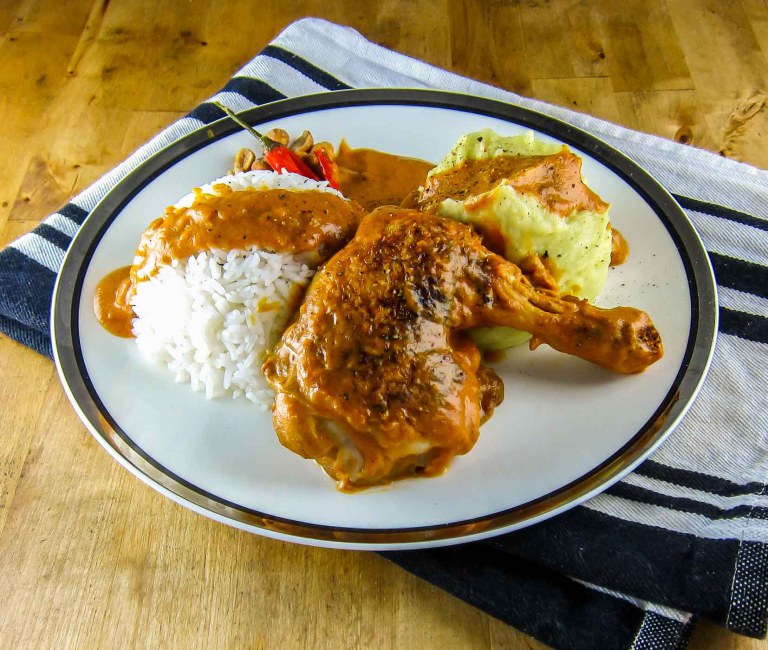
It is a traditional Congolese dish well known abroad. It consists of a roast chicken cooked in a thick sauce based on palm nut extracts. Moambe comes from “mwamba” which designates the mashed palm nut that will give this creamy reddish sauce, to embellish onion, garlic, fresh tomato and chilli. It is accompanied by classics: rice, cassava, plantain.
- 3/ Madesu (dish of beans).

Madesu is a dish of beans first cooked with water, and then fried in palm oil / peanut with concentrated tomato sauce. The choice of beef, ham, chicken or dried fish can be added. They are eaten with steamed rice or cassava.
- 4/ Fumbwa
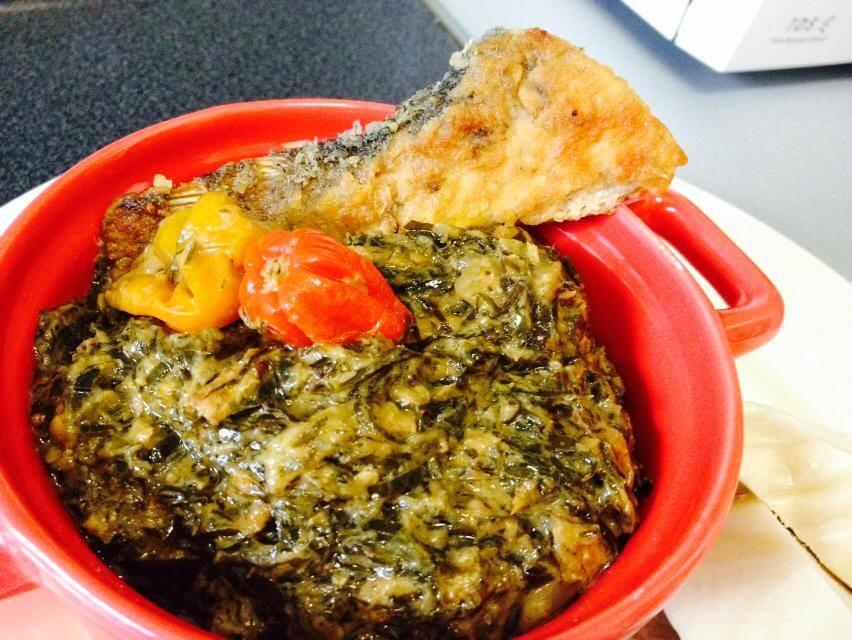
Fumbwa is a very popular dish in Congo. These are leaves which are hand-hacked and generally dried in the sun in order to preserve them. It is served with fufu, fish or semolina preferably.
It has several names “MFUMBWA or KOKO” in the Republic of the Congo and Democratic Republic of Congo (DRC), “ERU or OKOK” in Cameroon, and “UKAZI” in Nigeria.
- 5/ Chicken with peanut.

This dish is accompanied by a peanut sauce. Indeed, peanuts are roasted, crushed to make a paste that will dilute in water and flavor the chicken when cooking. You can also add tomatoes, onions or mushrooms.
- 6/ Liboké.
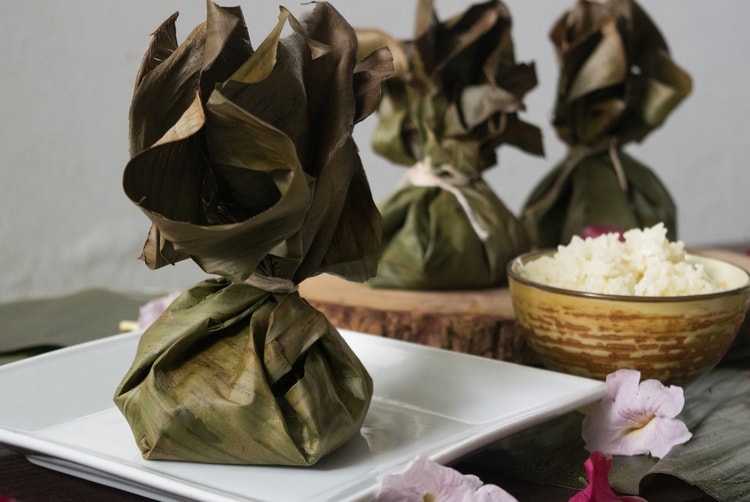
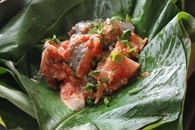 Emblem of the Congolese culinary culture, the Liboké are wild leaves in which chicken, fish, but also vegetables are boiled. More economical and practical, this system of cooking wild leaves replaces pots.
Emblem of the Congolese culinary culture, the Liboké are wild leaves in which chicken, fish, but also vegetables are boiled. More economical and practical, this system of cooking wild leaves replaces pots.
- 7/ Moukalou.

It is a fish broth accompanied by coconut juice and peanut paste.
- 8/ Makayabu
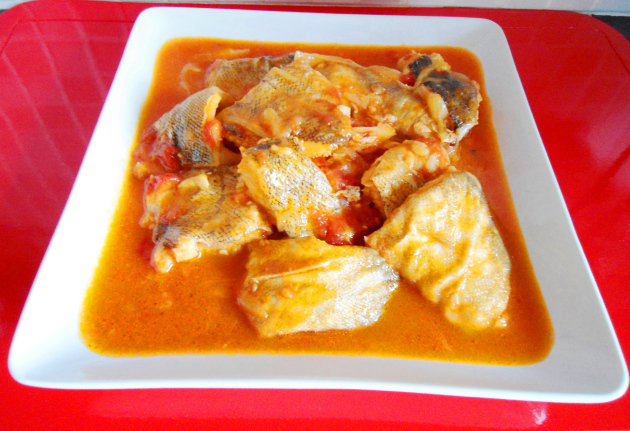
It is a Congolese dish based on salted fish with sweet potatoes.
Here are 8 essential dishes of Congolese gastronomy to taste urgently. You will not be disappointed.
|
|
Do you know of other popular dishes of the Congo? Do not hesitate to share your knowledge.



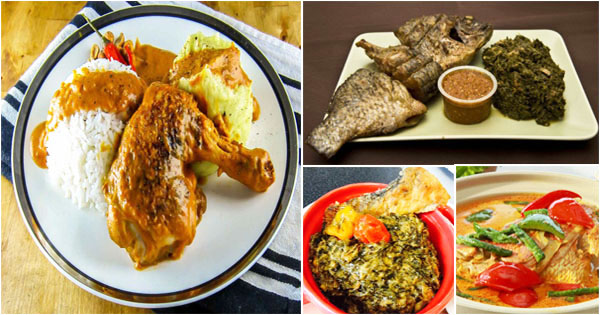











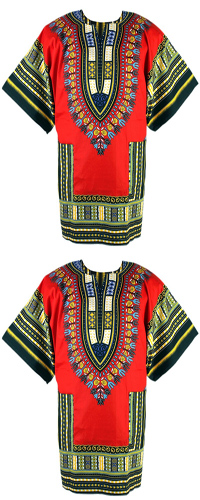

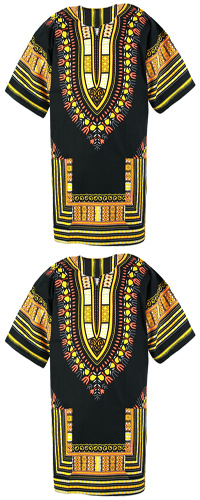





















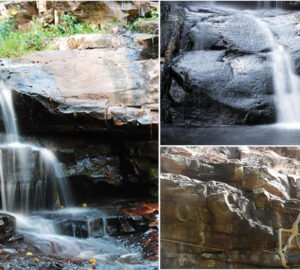
Hi, I really liked the review. Thank you, I want to try the food of the Democratic Republic of the Congo. Great photos.
Second time I have tried this dish – absolutely delicious! Thanks ever so much for this!
I have been pre-cooking ground beef for a long time – it is just so much easier to do it once and be done with if for a while. Sometimes I cook a batch that is just plain ground beef – and then I’ll do another batch and add green peppers and onions. I also store mine in freezer zip lock bags due to the storage issue – much easier to store flat.